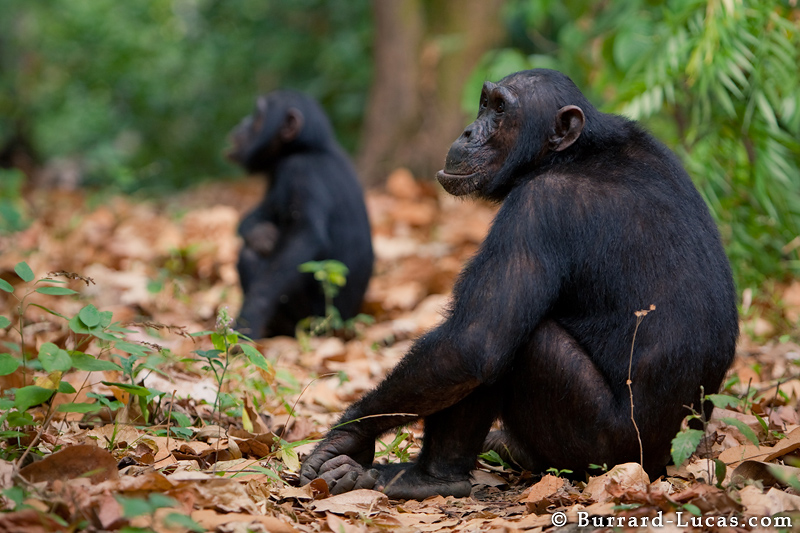Post by dinosauria101 on Mar 6, 2019 3:54:55 GMT 5
Spotted Hyena - Crocuta crocuta
Shoulder height: 70-91 cm (28-36 in)
Body length: 95-166 cm (38-65 in)
Weight: 40.5-81.7 kg (89-180 lb)
General information: The spotted hyena is a species of hyena native to Sub-Saharan Africa. It is the largest member of the Hyaenidae, and is the most social of the Carnivora in that it has the largest group sizes and most complex social behaviours. Its social organisation is unlike that of any other Carnivore, bearing closer resemblance to that of cercopithecine primates (baboons and macaques) with respect to group-size, hierarchical structure, and frequency of social interaction among both kin and unrelated group-mates. Spotted hyena society is matriarchal; females are larger than males, and dominate them. The spotted hyena is a highly successful animal, being the most common large carnivore in Africa. Its success is due in part to its adaptability and opportunism; it is both an efficient hunter and a scavenger, with the capacity to eat and digest skin, bone and other animal waste.

Common Chimpanzee (troop of 2) - Pan troglodytes
The common chimpanzee (Pan troglodytes), also known as the robust chimpanzee, is a species of great ape. Colloquially, the common chimpanzee is often called the chimpanzee (or 'chimp'), though technically this term refers to both species in the genus Pan: the common chimpanzee and the closely related bonobo, formerly called the pygmy chimpanzee. Evidence from fossils and DNA sequencing show that both species of chimpanzees are the sister group to the modern human lineage. The common chimpanzee is covered in coarse black hair but has a bare face, fingers, toes, palms of the hands and soles of the feet. It is considered more robust than the bonobo, weighing between 40 and 70 kg (88 and 150 lb) and measuring approximately 1.6 to 1.3 m (5 ft 3 in to 4 ft 3 in) from head to tail. Its gestation period is eight months. Infants are weaned when they are about three years old, but usually maintain a close relationship with their mother for several more years; it reaches puberty at the age of eight to ten, and its lifespan in captivity is about fifty years. The common chimpanzee lives in groups which range in size from 15 to 150 members, although individuals travel and forage in much smaller groups during the day. The species lives in a male-dominated, strict hierarchy, which means disputes can generally be settled without the need for violence. Nearly all chimpanzee populations have been recorded using tools, modifying sticks, rocks, grass, and leaves and use them for acquiring honey, termites, ants, nuts, and water. The species has also been found creating sharpened sticks to spear Senegal bushbabies out of small holes in trees.

Credit to Wikipedia
Shoulder height: 70-91 cm (28-36 in)
Body length: 95-166 cm (38-65 in)
Weight: 40.5-81.7 kg (89-180 lb)
General information: The spotted hyena is a species of hyena native to Sub-Saharan Africa. It is the largest member of the Hyaenidae, and is the most social of the Carnivora in that it has the largest group sizes and most complex social behaviours. Its social organisation is unlike that of any other Carnivore, bearing closer resemblance to that of cercopithecine primates (baboons and macaques) with respect to group-size, hierarchical structure, and frequency of social interaction among both kin and unrelated group-mates. Spotted hyena society is matriarchal; females are larger than males, and dominate them. The spotted hyena is a highly successful animal, being the most common large carnivore in Africa. Its success is due in part to its adaptability and opportunism; it is both an efficient hunter and a scavenger, with the capacity to eat and digest skin, bone and other animal waste.
Common Chimpanzee (troop of 2) - Pan troglodytes
The common chimpanzee (Pan troglodytes), also known as the robust chimpanzee, is a species of great ape. Colloquially, the common chimpanzee is often called the chimpanzee (or 'chimp'), though technically this term refers to both species in the genus Pan: the common chimpanzee and the closely related bonobo, formerly called the pygmy chimpanzee. Evidence from fossils and DNA sequencing show that both species of chimpanzees are the sister group to the modern human lineage. The common chimpanzee is covered in coarse black hair but has a bare face, fingers, toes, palms of the hands and soles of the feet. It is considered more robust than the bonobo, weighing between 40 and 70 kg (88 and 150 lb) and measuring approximately 1.6 to 1.3 m (5 ft 3 in to 4 ft 3 in) from head to tail. Its gestation period is eight months. Infants are weaned when they are about three years old, but usually maintain a close relationship with their mother for several more years; it reaches puberty at the age of eight to ten, and its lifespan in captivity is about fifty years. The common chimpanzee lives in groups which range in size from 15 to 150 members, although individuals travel and forage in much smaller groups during the day. The species lives in a male-dominated, strict hierarchy, which means disputes can generally be settled without the need for violence. Nearly all chimpanzee populations have been recorded using tools, modifying sticks, rocks, grass, and leaves and use them for acquiring honey, termites, ants, nuts, and water. The species has also been found creating sharpened sticks to spear Senegal bushbabies out of small holes in trees.

Credit to Wikipedia





